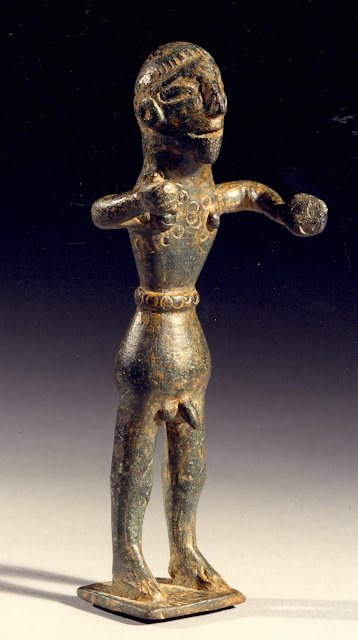Lullingstone Roman Villa

Lullingstone Roman Villa was built during the Roman occupation of Britain, is situated near the village of Eynsford in Kent, in southeast England. Constructed in the 1st century, perhaps around 80-90 CE, the house was repeatedly expanded and occupied until it was destroyed by fire in the 5th century CE. The occupants were wealthy Romans or native Britons who had adopted Roman customs. About 150 CE, the villa was considerably enlarged, with a bath block heated by a hypocaust added, and may have been used as the country retreat of the governors of the Roman province of Britannia. Two sculpted marble busts found in the cellar may be those of Pertinax, governor in 185-186 CE, and his father-in-law, Publius Helvius Successus. In the 3rd century, a larger furnace for the hypocaust as well as an expanded bath block were added, as were a temple-mausoleum and a large granary. In the 4th century fine mosaic floors were installed in the dining room including one illustratio...








